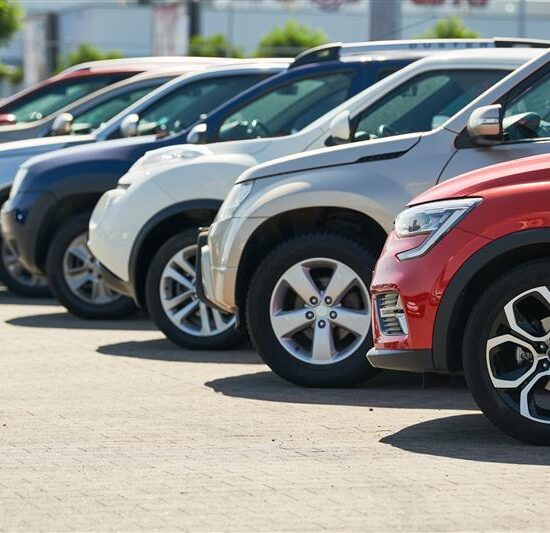Company cars and rising taxes
Caroline Harwood, CTA FCA, Partner, BDO
Constant changes to tax on company car users create complexity and higher costs for business. Caroline Harwood, partner at BDO assesses the latest tax developments
The tax treatment of company cars has been an area of focus for the government for several years. This has been driven by the environmental agenda and the route to net zero, and has led to complexity and an increasing tax burden for many company car drivers. However, there have been significant tax breaks for those driving electric vehicles and savings available for those in employee car ownership schemes (ECOS) although the latter is set to change.
This has in turn led to increased complexity. Understanding the tax implications of car benefits in the UK is crucial for both employers and employees. The rules governing car benefits are distinct from those for other benefits, as outlined in Income Tax (Earnings and Pensions) Act 2003 (ITEPA 2003), Pt. 3, Ch. 6.
This article explores the conditions under which car benefits apply, how the car benefit charge is calculated, and the impact of upcoming changes to ECOS.
Who does car benefit apply to?
Car benefit tax charges apply to directors or employees who receive a car for private use as part of their employment package. The benefit is chargeable under the benefits code, which means it is subject to income tax in the hands of employees. There are two main aspects to consider.
(1) Are the conditions present for a car benefit charge to apply?
(2) What is the amount of the cash equivalent of that benefit?
Conditions for the car benefit charge
ITEPA 2003, s114
The first step in assessing car benefits is to determine whether all conditions for a car benefit charge are met. If they are, the charge arises under ITEPA 2003, s120. The conditions, as set out in ITEPA 2003, s114(1) and (3), include:
• a car is made available to an employee (including a director) or a member of their family or household;
• there is no transfer of property in the car;
• the car is provided by reason of employment;
• the car is available for private use; and
• the benefit does not constitute earnings from employment by virtue of any other provision.
Calculating the car benefit charge
ITEPA 2003, s121
ITEPA 2003 introduced something known as a method statement for calculating the car benefit charge, which is detailed in the HMRC guidance Employment Income Manual at EIM24015. The calculation involves:
• the price of the car plus the price of accessories for tax purposes; and
• multiplying by the appropriate percentage.
The appropriate percentage is based on the car’s CO2 emissions and ranges between 3% for zero emission vehicles to 37% for those emitting 160g per km or more with a 4% surcharge for diesel cars.
The rates for electric vehicles with emissions of 1 to 50g per km depend on their range (4% to 16%).
Additional factors to consider in performing the calculation include:
• capital contributions by the employee to the cost of the car or accessories;
• periods when the car is unavailable;
• payments by the employee for private use of the car;
• modifications for classic cars; and
• periods when the car is shared.
The benefit is recalculated each tax year as the constituents can change.
Changes to employee car ownership schemes (ECOS)
The draft Finance Bill published on 21 July 2025 includes measures to remove tax advantages associated with ECOS from 6 October 2026.
ECOS arrangements allow employees to receive cars in a manner similar to company cars but without the benefit in kind charge. Ownership is transferred to the employee on day one, often with a credit arrangement.
Implications for ECOS
HMRC have been uncomfortable with ECOS for the very reason that they resemble company car schemes without the associated tax charge outlined above.
From October 2026, new provisions will bring these arrangements into the taxable benefit in kind net. Cars and vans made available under ‘qualifying’ arrangements will be deemed taxable, including those with restrictions on private use or specific transfer provisions.
Employers offering ECOS should assess whether they fall under the new provisions. If so, they must evaluate the impact and decide whether to continue offering ECOS or switch to a typical company car scheme structure. Careful financial modelling and communication with employees are essential.
Conclusion
Car benefits in the UK come with specific tax implications that require careful consideration. With changes to ECOS on the horizon, and speculation regarding the possible end of tax effective salary sacrifice schemes for electric vehicles, both employers and employees must stay informed and prepared.
Understanding the conditions and calculations involved in car benefits ensures compliance and helps make informed decisions about employment packages.







